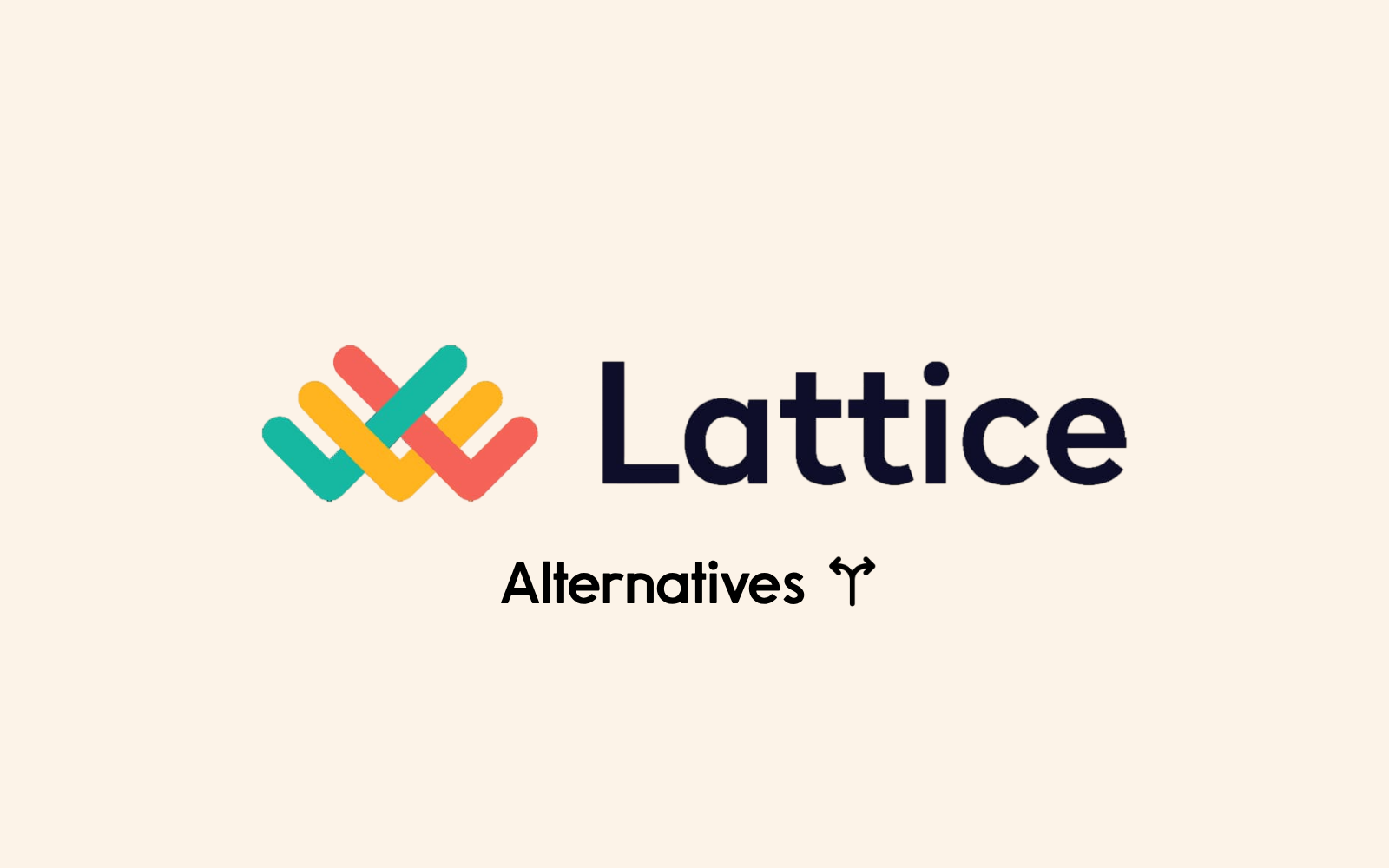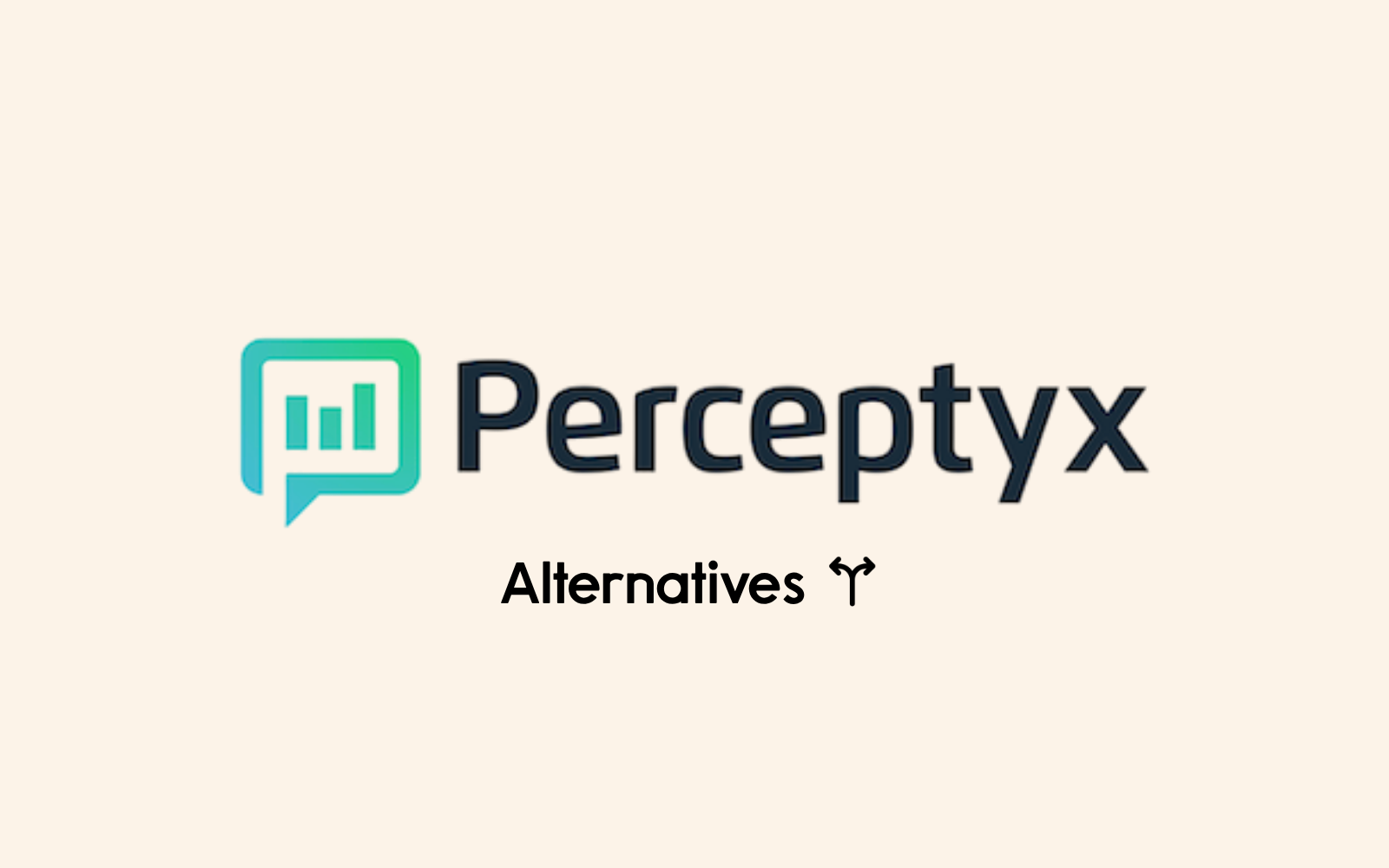The office environment can be a curious beast. Deadlines loom like the end of the tax year for a freelance juggler, emails multiply faster than rabbits in a magician’s hat, and sometimes, that complimentary candy dish just doesn’t cut it. But fear not, weary captain of industry! There’s a secret weapon in your arsenal for gauging your crew’s well-being – the mighty staff wellbeing questionnaire.
What’s a staff wellbeing questionnaire, you ask?
To be honest, I’m not sure if you are actually asking this question. It should be pretty self-explanatory. Anyway for arguments sake let’s assume you don’t know. It’s a set of questions designed to peek behind the curtain of your employees’ happiness, satisfaction, and overall work experience. Think workload, work-life balance, colleague camaraderie (or lack thereof), and that ever-elusive feeling of “job satisfaction”.
Imagine being able to identify potential issues before they become full-blown problems. A staff wellbeing questionnaire acts as a kind of early warning system, giving you valuable insights into areas where your employees might be struggling. This allows you to address concerns proactively, whether it’s by implementing better work-life balance initiatives, fostering stronger team communication, or simply offering additional support to those feeling overwhelmed. By tackling these issues head-on, you can create a more positive and productive work environment for everyone. It’s a win-win situation for both your employees and your business!
Why should You care about staff wellbeing (Besides avoiding a mutiny)?
Because happy employees are like worker bees with a supercharged pollen basket – they’re productive, creative, and loyal. On the other hand, stressed-out staff can lead to more sick days, lower productivity, and a revolving door of new hires. It’s basically like having a team of hamsters permanently stuck on their exercise wheels – lots of movement, but not much progress. They may be going through the motions, but they’re not achieving optimal results. The creativity and innovation that come from a happy, well-rested team are simply out of reach.
This analogy goes beyond just productivity. Think about customer service. A stressed-out employee might just be going through the motions when interacting with clients, but a happy and engaged employee is more likely to go the extra mile to provide exceptional service. This can have a significant impact on customer satisfaction and loyalty, ultimately boosting your bottom line. So, investing in staff wellbeing isn’t just about creating a positive work environment – it’s about making smart business sense.
Crafting the perfect staff wellbeing questionnaire: It’s not rocket science (But it can be fun!)
Here’s the good news: creating an effective questionnaire doesn’t require a team of efficiency experts and a budget bigger, it’s all about keeping it simple!
- Think short and sweet: Nobody wants to spend their lunch break filling out a 34 page monstrosity. Use clear, concise language that even your newest recruits can understand. Ditch the jargon and complicated questions – you want honesty, not a headache.
- Embrace the power of anonymity: For your staff to truly spill the beans, they need to feel safe. Anonymity is key to creating a space where employees can express themselves freely, without fear of walking the plank (metaphorically speaking).
- Ask the right questions (But don’t be nosy): Your questions should cover a range of topics, from physical and mental health to work environment and task satisfaction. Think open-ended questions too, where your team can unleash their inner bard and share their thoughts in their own words.
- Don’t just collect dust – Take action!: Feedback is great, but acting on it is even better. Analyse the responses, identify trends, and then get cracking on solutions. This shows your team you care about their well-being and are committed to making their work life less stressful than a parrot stuck in a squeaky toy factory.
Tech time: Staff wellbeing questionnaires go digital!
Remember the bulky encyclopedia you had to look up your weird and wonderful facts? Or the 25 square meter map that you used to keep in the boot of your car? Yeah, questionnaires are following suit and going digital too. Platforms like Wotter offer fancy automated surveys that make gathering feedback a breeze. Plus, you get real-time insights into your team’s well-being, so you can address issues before they snowball into a workplace kraken attack. Think of it like having a team happiness monitor – beeps for good, squawks for bad!
The takeaway: Staff wellbeing questionnaires – Your key to a happier crew
A well-designed staff wellbeing questionnaire is more than just a fancy survey – it’s a tool for building a happier, more engaged team. By regularly checking in with your employees and showing them you care about their well-being, you’re fostering a positive work environment that benefits everyone. Remember, happy employees are productive employees, and productive employees are the secret sauce to a successful business. So ditch the stress, ditch the drama, and embrace the staff wellbeing questionnaire – your team (and your bottom line) will thank you for it!
Bonus! Setting sail with sample questions:
Because we’re so nice and that, here’s a few questions to help you get started towards a happier team:
- Would you recommend our company as a place to work to a friend? (Classic eNPS)
- Does your work feel meaningful? Do you feel like you’re contributing to something bigger than just another spreadsheet? (Addresses purpose and job satisfaction)
- Is communication clear and consistent across the team? (Highlights communication effectiveness)
- Do you feel comfortable approaching your manager with concerns or questions? (Evaluates manager accessibility and employee comfort level)
- Do you have the resources and support you need to be successful in your role? (This gauges if employees feel equipped to do their jobs effectively)
- How often do you receive feedback on your work, and is it helpful? (This assesses performance management practices and employee development opportunities)
By incorporating a mix of humanity and insightful questions, you can create a staff wellbeing questionnaire that’s both engaging and informative. Remember, your goal is to gather honest feedback and set sail towards a more positive and productive work environment for everyone on board. So, raise the Jolly Roger of well-being, and get ready to chart a course for success!







